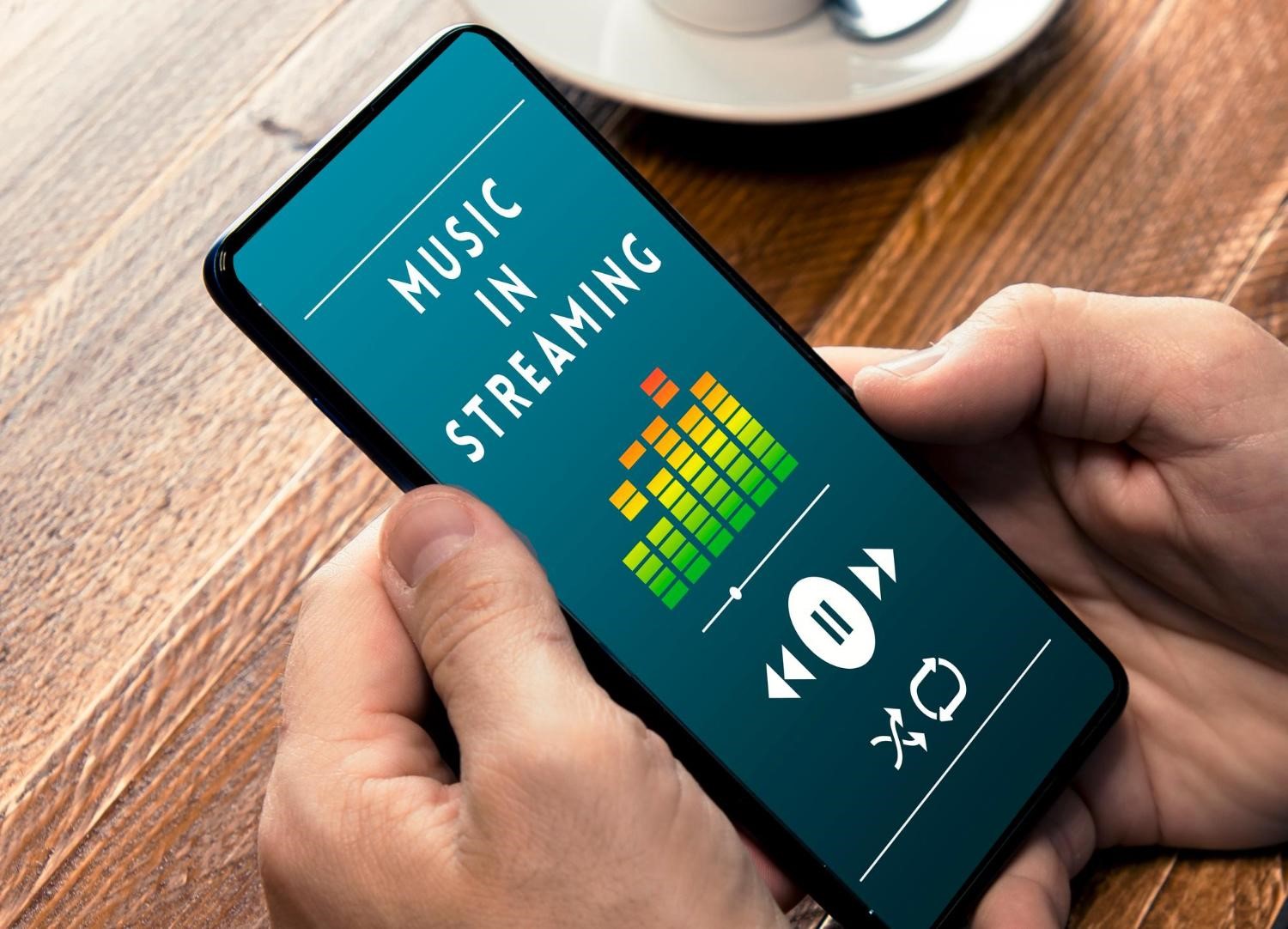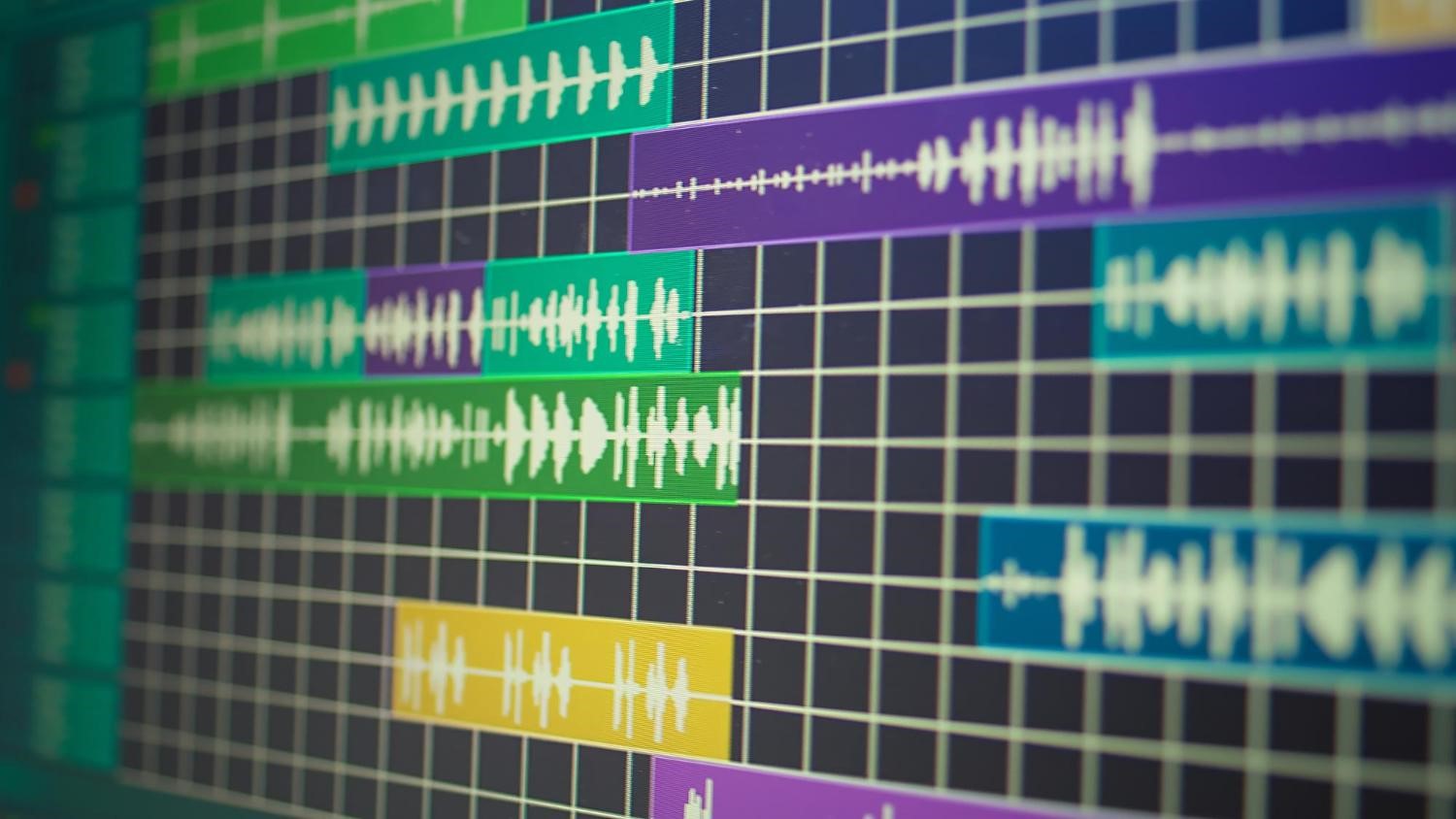We use cookies to improve the services we offer you. By continuing to browse this site, you consent to keep them in accordance with our Privacy Policy.
×We use cookies to improve the services we offer you. By continuing to browse this site, you consent to keep them in accordance with our Privacy Policy.
× 337
337
 9 min
9 min

Nowadays, Spotify has been one of the most important channels for both artists and the audience to depend on, considering its contemporary algorithmic way of personalization. This Spotify algorithm keeps changing in 2024, incorporating machine learning and AI into its recommendation engines to keep refining them. It’s a seriously key evolution because it determines how millions of users around the planet discover music.
The understanding and leveraging of Spotify’s algorithm is more crucial than ever for artists. This algorithm not only decides which tracks are going to pop up in your personalized playlist but also changes the general music visibility on the platform.
In the next few minutes, you can learn how to work with and optimize the Spotify algorithm in 2024. Are you an emerging or established musician? Doesn’t matter at all. If you want to keep up with the dynamic nature of music streaming, these insights will be important to understand.
First, with an aim to optimize your music for wider popularity on Spotify in 2024, you need to understand how the algorithm works. It gets deep into the very foundation that defines key elements, data sources, and recent developments in how Spotify recommends music to users.
Spotify’s recommendation algorithm works as an intelligent blend of machine learning models that try to personalize user experience. It goes in three key directions:
Spotify’s algorithm provides every user with a highly tailored experience in the way of music selection, hence adapting to every individual’s preference along with song-specific elements. In fact, furthering these algorithmic recommendations with a Spotify promotion service enables an artist to reach more people, thus getting more visibility and greater engagement across the platform.
To get a robust recommendation platform, the algorithm harvests information from various sources. User behavior is deemed the most vital data source, which reflects streams, playlists created by users, and search queries, among other user interactions.
It also uses third-party data from social media trends and music blogs that help it estimate the cultural impact of a song and its overall popularity. Audio fingerprinting comes into play with detailed information regarding the acoustic features of songs and how the algorithm recommends tracks with similar audio features.

Spotify made some changes in the algorithm in 2024 to make playlists both more personal and more discoverable. The first major one is the shift of focus toward real-time data processing, which enabled the algorithm to adapt much faster to changes happening in users’ preferences.
Secondly, Spotify improved its NLP so that it knows the emerging genres and trends in music, ensuring that even the most niche artists get a fair share of exposure. It also upgraded collaborative filtering technique for better clustering of users with similar tastes, hence the more diverse and more accurate recommendations.
The knowledge of such constituents, along with the changes in Spotify algorithms, is essential for any artist or music marketer willing to adapt their content to the utmost extent. You can supplement your strategies with knowledge of how the algorithm works to amplify and increase your visibility.
Metadata, whether it’s for a personal song or royalty-free music, is the backbone of the discoverability. Especially on platforms such as Spotify. Artist name, song title, album name, genre, date of release-the information in metadata contains these and many other things.
This means that with accurate metadata, your tracks will be appropriately categorized and will surface for listeners who will like your music. Poor metadata-incorrect or misleading-may be the reason for your music going astray and finding its way to people who aren’t looking out for them, thus hurting the possibility of growing big.
The strategic use of keywords allows for more Spotify visibility of your music. When you align with a relevant approach to keyword usage and audience interest in trending items, you don’t dilute any credibility.
Here’s how you can get the most from them:
As fluid as the music industry is, so should your metadata management approach be. In terms of updates and corrections, regular monitoring helps keep your music metadata up-to-date to maintain its relevance and accuracy.
When you release new music or alter your artistic style, make sure your metadata follows suit. The good thing with this practice is that it keeps your catalog updated, but it also notifies Spotify’s algorithm that this is an active and engaging profile.
In this way, any inconsistencies in metadata are corrected on time to avoid possible misclassifications and enhance your potential for landing into algorithm-driven playlists.

Spotify’s algorithm rewards the tracks that receive great engagement from listeners, which is a quality and relevance metric.
One of the most important tools to increase reach on Spotify are playlists, like ‘Discover Weekly’ and ‘Release Radar’ among other personalized playlists. First, focus on independent curators and small, genre-specific playlists as stepping stones to bigger playlists and algorithmic playlists. Networking and collaboration with curators will help you get a better position in Spotify’s recommendation algorithm.
Use social media, live concerts, and direct engagement as a means of building a community surrounding your music. Encourage your followers to create playlists, comment, and post user-generated content that will help them dive in deeper with your music.
Spotify for Artists is here to help you develop and understand your audience. Learn who your listeners are, how they’re listening, and what they’re listening to. Refine your marketing strategy to plan releases accordingly.
For example, if you see a spike in listeners in a certain region, you might get inspired to do some targeted marketing or even a tour. It also allows for direct pitching to Spotify’s editorial team, meaning you could find your tracks featured in some of the most influential editorial playlists.
In this expose, there are many ways your music can be optimized to take advantage of Spotify’s 2024 algorithm. The more you engage your audience, the more your follower count goes up; and you rise the changes of appearing in playlists that matter most for your music discovery.
Continuous learning and experimentation are going to keep you ahead of the game to ensure your music reaches its desired destination. Again, welcome the challenge as an opportunity for growth, as every adjustment you make today creates the visibility and success for tomorrow.
How does Spotify’s algorithm work in 2024?
The Spotify algorithm in 2024 uses machine learning to personalize user experiences through an analysis of listener behavior, song metadata, and audio characteristics that best recommend music to the taste of each listener.
What ultimately works for Spotify engagement?
To increase your engagement, be active on social media, ask followers to add songs to their playlists, organize live shows, and simply interact with your fans.
How do I get my music featured on more Spotify playlists?
Focus on smaller, independent playlists within your genre, network with playlist curators directly, etc.
How does Spotify consider keywords within its algorithm?
Keywords make it much easier for Spotify to understand the music genre and the audience it appeals to, allowing it to recommend your music to the right listeners.
How does Spotify for Artists contribute to music visibility?
Spotify for Artists provides insights into listener demographics, streaming patterns, and playlist performance to help you with planning the appropriate marketing efforts, pitching songs for playlists, and recognize your audience.